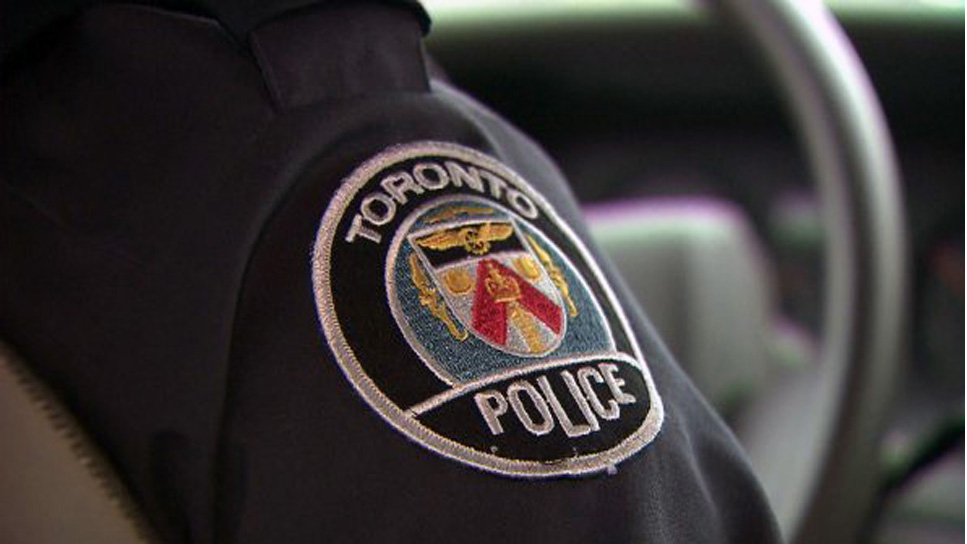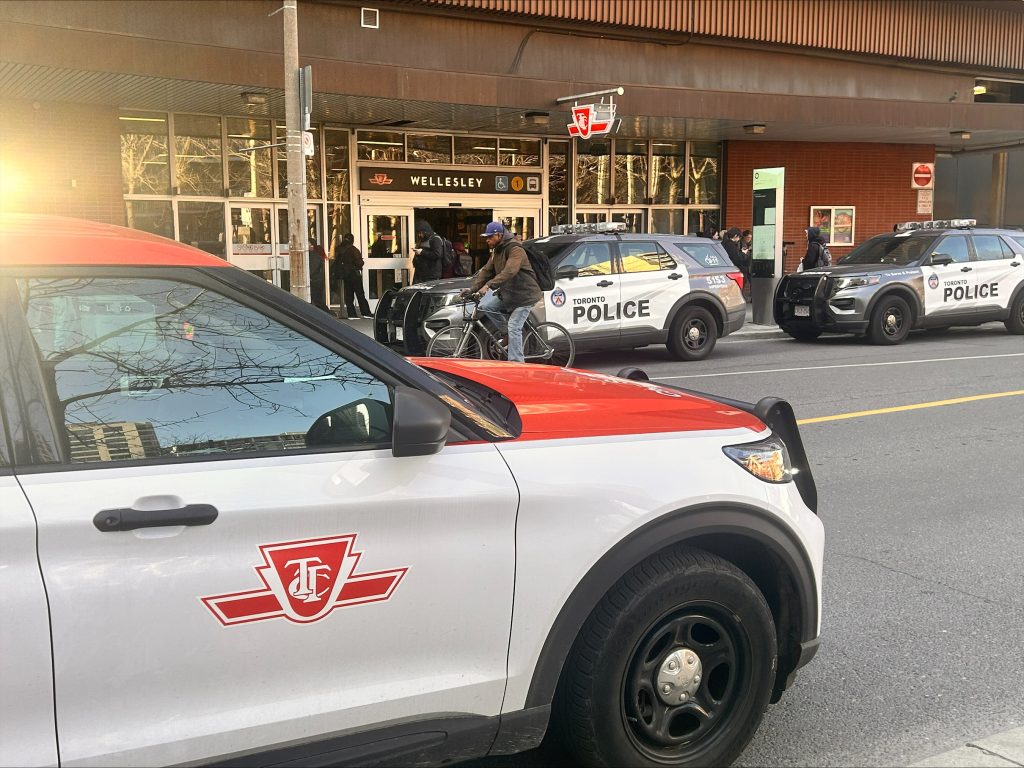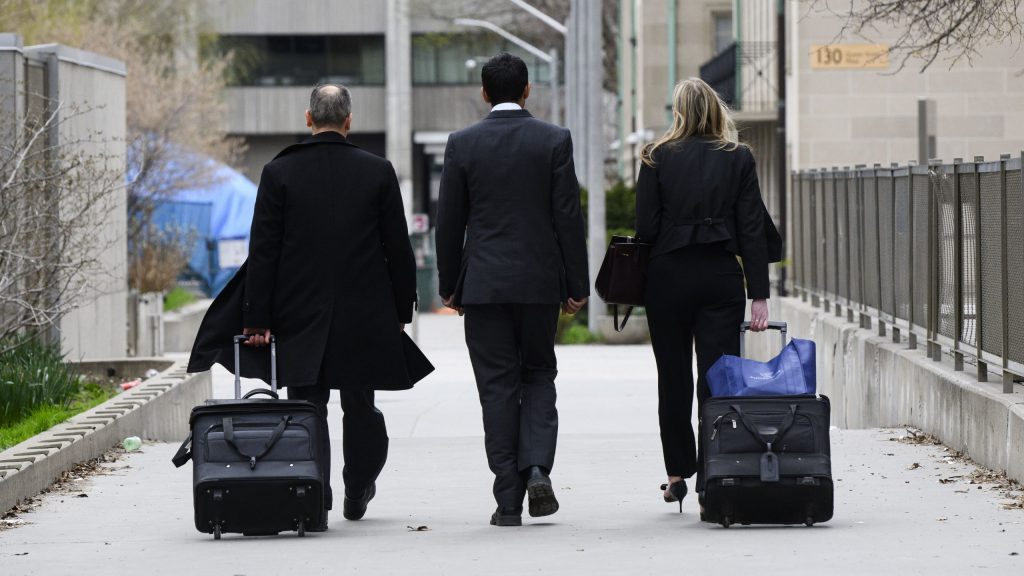Jury must determine whether there was conspiracy in Via terror trial: judge
Posted March 9, 2015 5:21 pm.
This article is more than 5 years old.
Determining whether or not two men accused of plotting to derail a passenger train conspired to commit a terrorist act is critical to reaching verdicts at their trial, a judge told the jury hearing the case Monday.
Raed Jaser and Chiheb Esseghaier are both charged with two counts of conspiracy, and two counts of participating in or contributing to a terrorist group. Esseghaier is also facing a fifth charge of participating in or contributing to a terrorist group.
In the second instalment of a lengthy set of instructions to jurors, Justice Michael Code suggested careful attention be paid to the nature of an alleged conspiracy between Jaser and Esseghaier.
“An agreement to commit a specified crime, an intention to carry out that agreement and membership in that conspiracy. These are all contentious issues in this case,” Code said. “This is the real core issue in this case in my view.”
Jaser has pleaded not guilty and his lawyer has argued that the permanent resident of Palestinian descent was only feigning his interest in the alleged terror plot as part of an elaborate con to extract money from his co-accused and an undercover FBI agent who befriended them.
Esseghaier has refused to participate in his trial because he wanted the court to use the Qur’an to judge him. Code had to enter a not-guilty plea for the Tunisian national.
The Crown has argued that the pair made up an alleged terrorist group operating in Canada, and has suggested the jury find both men guilty based on “overwhelming” evidence against them.
Code spent half the day going over the elements of the first charge against both men which deals with an alleged conspiracy to derail a passenger train.
Jurors must first consider the lesser offence of damaging a train and be satisfied of an accused’s guilt before moving on to consider whether the alleged offence was to be carried out for the benefit of, at the direction of or with the assistance of a terrorist group, he said.
In order to determine whether an agreement to conspire existed between Jaser and Esseghaier, Code told jurors they needed to determine if there had been a “meeting of minds” between the two men — something Jaser’s lawyer has argued didn’t happen.
“The accused do not have to do anything more beyond agreeing to jointly commit the specific crime. They do not have to actually go on to commit the specified crime,” Code said. “It is not a defence to a conspiracy that success was impossible, or that it was unlikely.”
Code also told jurors that the alleged conspirators did not have to have all the details of their alleged crime worked out, but noted that a conspiracy had to consist of at least two people.
“An agreement means more than mere negotiation,” he said. “If you’re trying to decide if there was a meeting of minds the best evidence is what they said.”
The trial has heard hours of secretly recorded conversations between Jaser, Esseghaier and the undercover FBI agent in which they discuss plans to allegedly create a hole in a railway bridge outside Toronto to derail a passenger train and cause the deaths of scores of people.
Jurors also needed to determine intention in an alleged conspiracy, Code said.
“This element relates to the state of mind of the accused. The agreement must not be mere talk or bravado or feigned enthusiasm, Code said. “This is obviously a critical element for Mr. Jaser.”
When considering whether the alleged plot at the heart of the trial amounted to terrorist activity, Code asked jurors to consider if Jaser or Esseghaier consisted of an entity which was acting pursuant to political or religious motives, intended to intimidate the public or compel a government to do something.
The judge also asked juror to consider whether the entity’s intention was to cause substantial property damage likely to harm the safety of the public.
Jaser and Esseghaier were arrested in April 2013.










